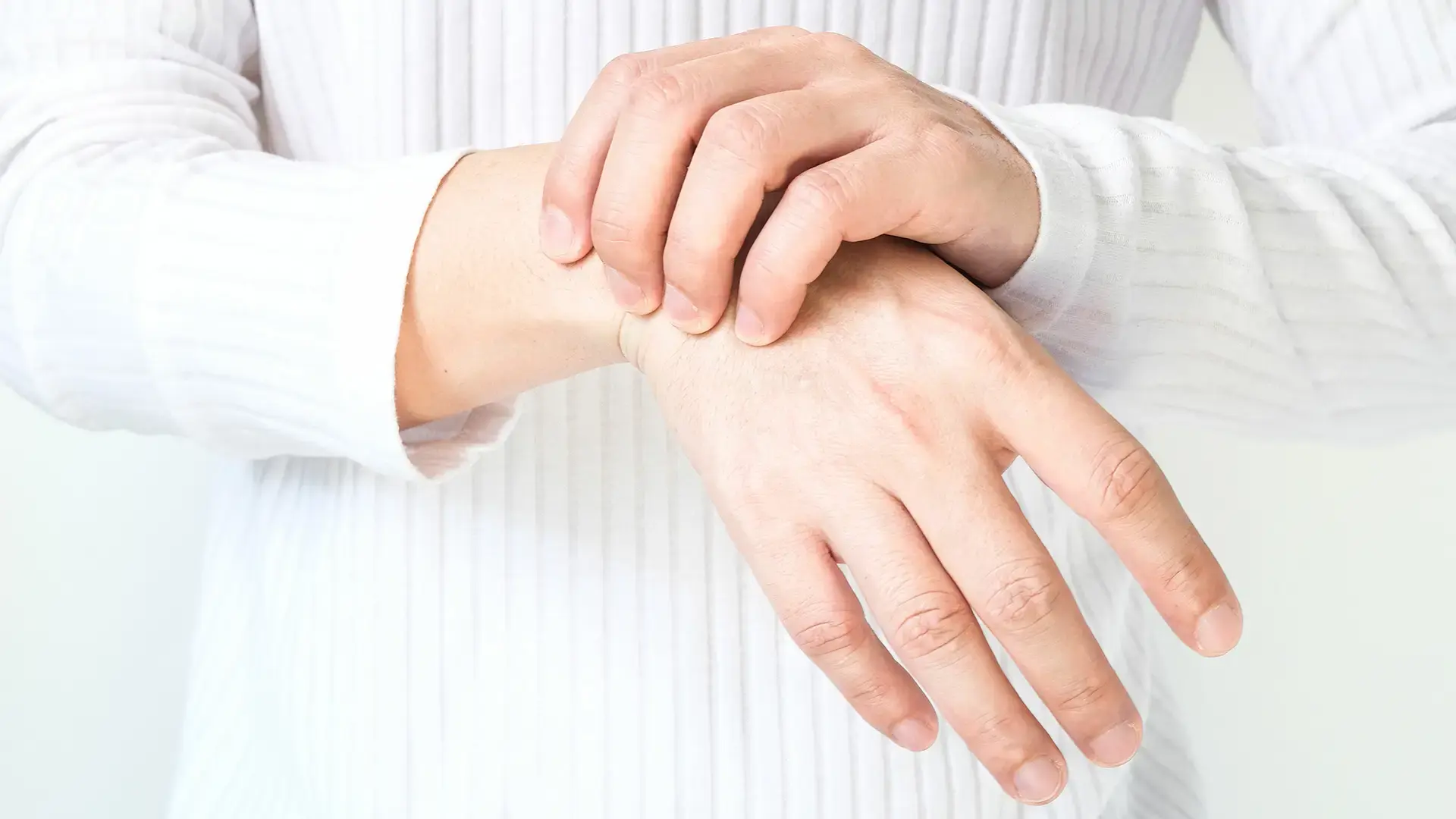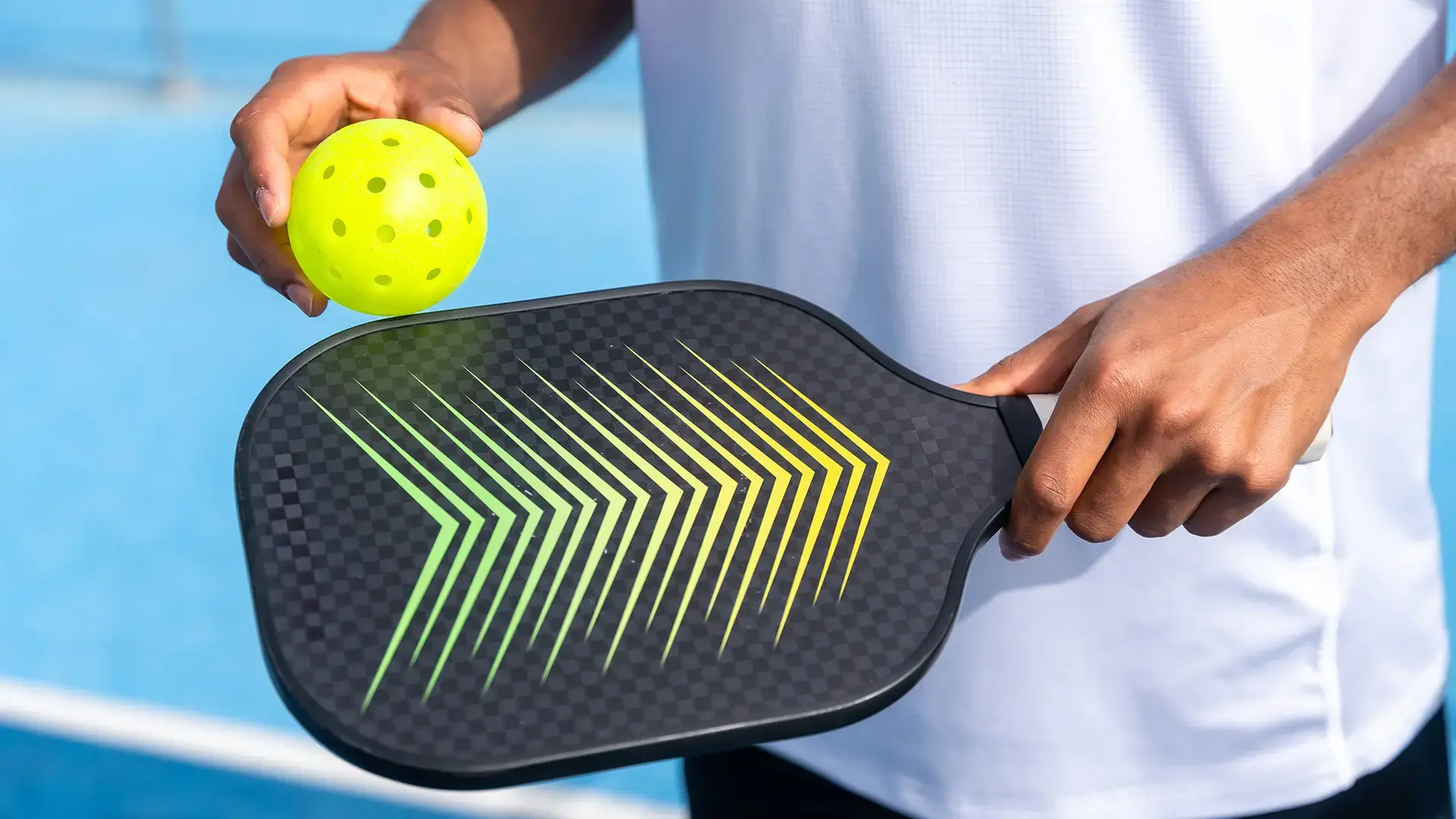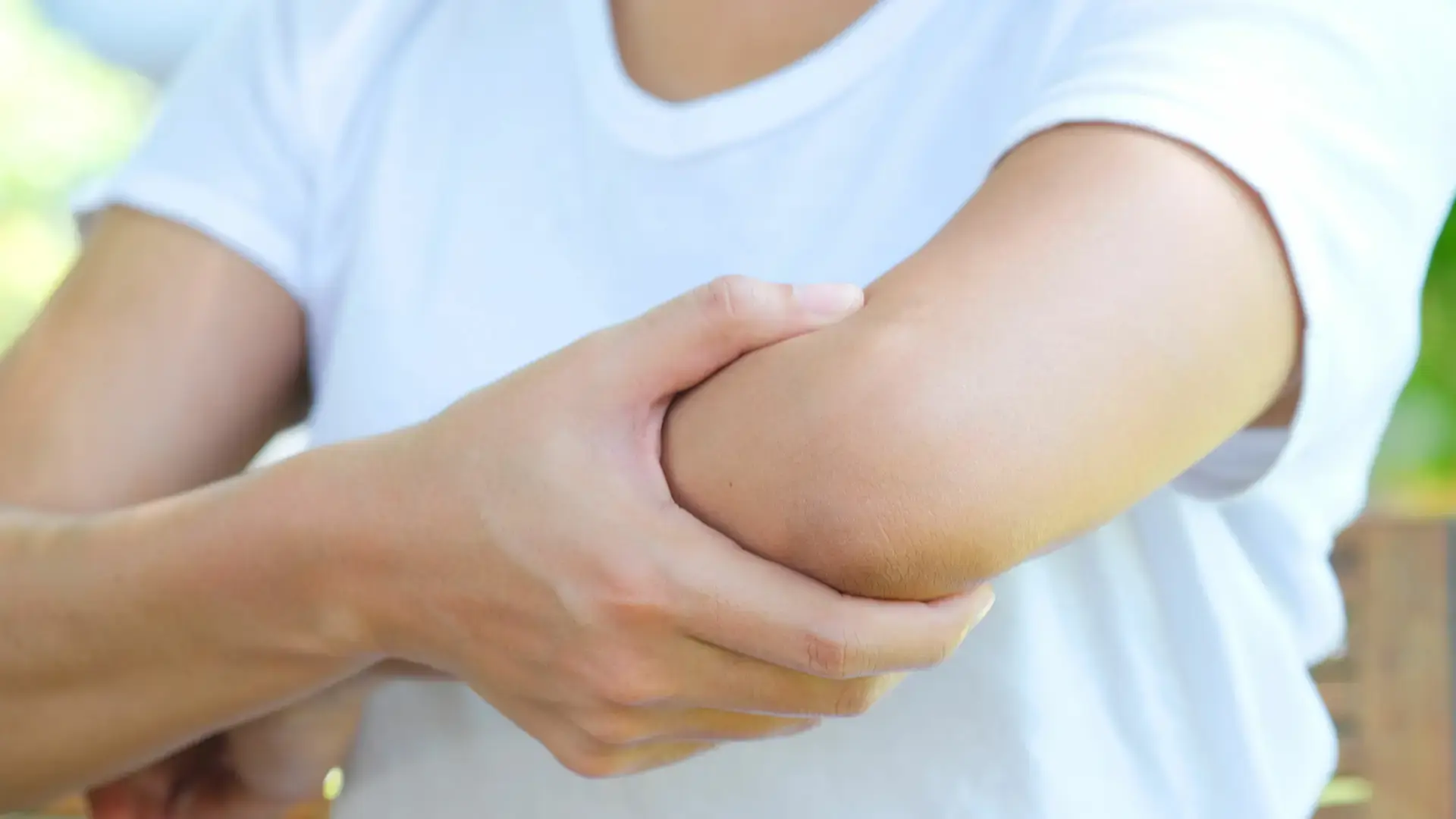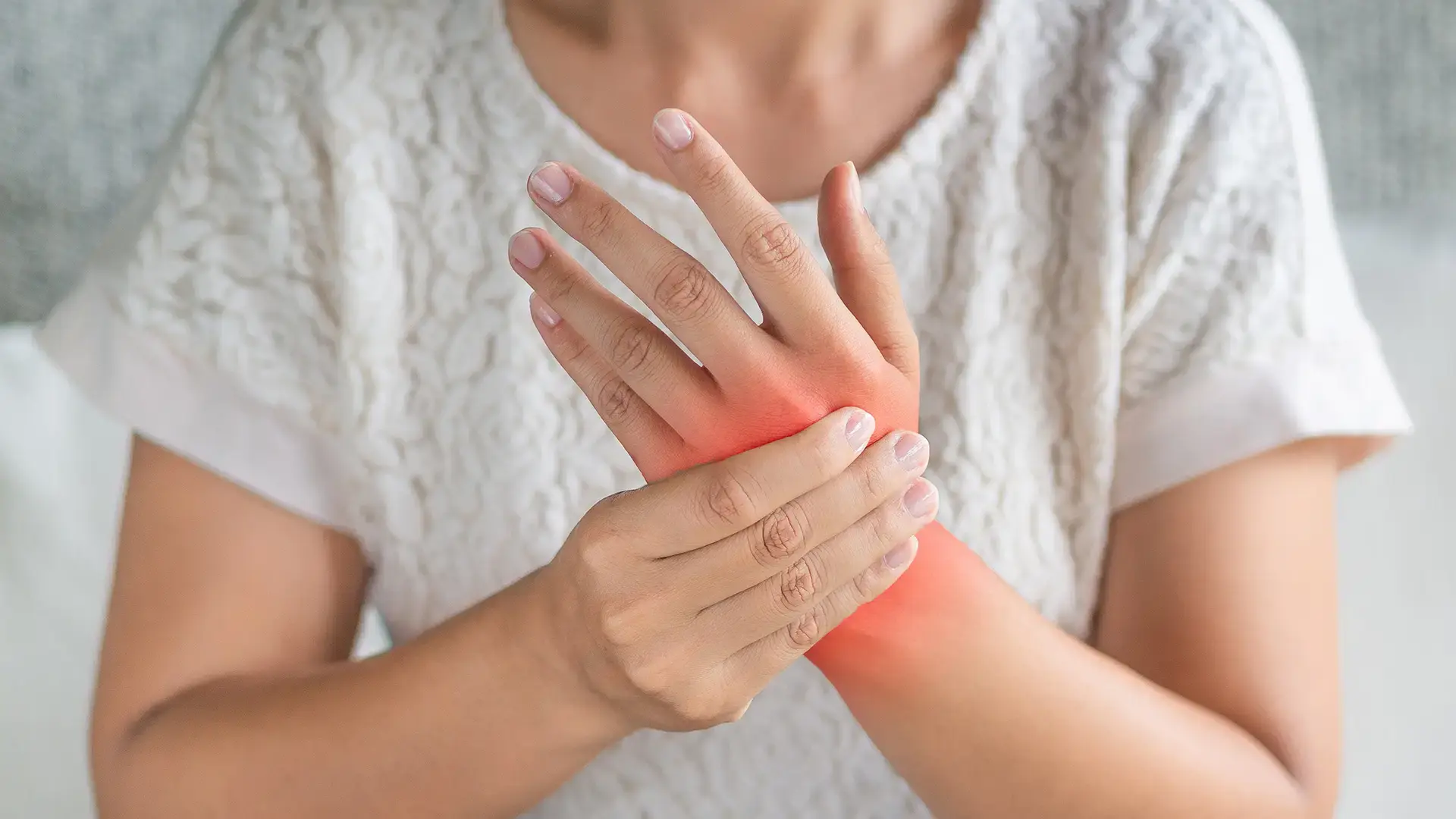Exploring the Success Rate of Toe-to-Hand Transfer Surgery
If you or someone you know has ever experienced limb loss, whether from an industrial accident, severe burn, or machinery injury, then you know just how devastating it can be. Fortunately, in cases of traumatic finger amputation, a toe-to-finger transplantation surgery can be an innovative option for those impacted by finger loss.
As Dr. David Tsai, a physician with HUES, shares, “I have seen toe-to-hand transfer surgery positively impact the lives of countless patients”
However, understanding the process and success rate is critical information before considering any procedure. As such, Dr. Tsai shares what you need to know, from the benefits, risks, and success rates, before opting for a toe-to-finger transplant.
An Innovative Solution: What Is Toe-to-Hand Transplant?
Toe-to-hand transfer surgery, also known as toe-to-finger transplantation, is a complex microsurgical procedure designed to reconstruct and restore function to a hand that has lost one or more fingers.
Dr. Tsai explains, “The primary purpose of this surgery is to improve the patient's ability to grasp, manipulate objects, and perform essential daily tasks.” A secondary purpose is to improve the cosmesis of the hand, and allow the patient to feel more whole, restoring a sense of normalcy that had been lost from the trauma.
Toe-to-finger transplantation is typically performed in cases where a person has lost one or more fingers and standard replantation is not possible. These are some of the most common scenarios resulting in limb loss that might require a toe-to-hand transfer:
- Agricultural injuries: Accidents involving farm equipment like combine harvesters or threshers or animal-related incidents on farms.
- Burn injuries: Severe thermal or chemical burns causing finger loss.
- Congenital hand deformities: Children born with underdeveloped or missing fingers
- Electrical injuries: High-voltage electrical burns leading to finger loss.
- Industrial accidents: Injuries from heavy machinery, power tools, or manufacturing equipment or crush injuries in factories or construction sites.
- Military and combat-related injuries: Explosions or ballistic trauma resulting in hand injuries or accidents during military training or operations.
- Severe frostbite: Extended exposure to extreme cold leading to tissue death in fingers.
- Severe infections: Infections like necrotizing fasciitis that may necessitate finger amputation.
- Traumatic amputations: Car accidents or other high-impact collisions or sports-related injuries, especially in high-risk activities.
This technique was technique was first pioneered in 1973 by Dr. Harry Buncke, often referred to as the "father of microsurgery." The first successful toe-to-hand transfer was performed in 1968 at the Davies Medical Center in San Francisco.
The Procedure: How a Toe-to-Finger Transplant Works
Performing a toe-to-finger transplantation requires a careful mix of steps. It begins with the surgeons carefully detaching a toe from the patient's foot and reattaching it to the hand. Then, they work to connect blood vessels, nerves, tendons, and bones to create a functional new digit.
Since its inception, the procedure has seen significant advancements in microsurgical techniques, imaging technology, and postoperative care. Modern developments have included improved methods for nerve repair and regeneration, more precise instrumentation, and enhanced protocols for managing tissue rejection.
These advancements have led to better outcomes, reduced recovery times, and expanded the range of patients who can benefit from this life-changing surgery.
The Surgical Journey: From Toe to Finger
Like with any surgery, patients typically undergo a comprehensive series of pre-surgery assessments to ensure the best possible outcomes before undergoing a toe-to-finger transplantation. These evaluations begin with a thorough medical history review and physical examination, focusing on both the injured hand and the potential donor site on the foot. Vascular assessments, such as angiography or Doppler ultrasound, are also done to evaluate blood flow in both the hand and foot, ensuring adequate circulation for the transplant.
After the initial assessments, a toe-to-finger transplant, which may take several hours, typically follows this process:
- Anesthesia administration:The patient is put under general anesthesia.
- Preparation of recipient site: The hand is prepared, and the area where the new digit will be attached is surgically exposed. The blood vessels, nerves, tendons, and bones are prepared for reconstruction.
- Harvesting the toe: Depending on the recipient site and how extensive the reconstruction needs to be, either a portion of the great toe or second toe is chosen. The toe is then carefully dissected from the foot with its neurovascular pedicle.
- Bone fixation: If bony reconstruction is required, bone is also harvested with the toe, and this is attached to the recipient metacarpal or phalanx with pins, plates, or screws.
- Tendon connection: Flexor and extensor tendons are reattached to allow movement.
- Blood vessel anastomosis: Arteries and veins are meticulously reconnected using microsurgical techniques to restore blood flow.
- Nerve repair: Sensory nerves are reconnected to provide feeling
- Soft tissue closure: Remaining soft tissues are sutured to complete the attachment.
- Donor site closure: The foot incision is closed, often with minimal donor site morbidity with respect to the foot’s appearance and function.
- Dressing and immobilization: The hand and foot are bandaged and immobilized to protect the newly attached digit and donor site.
- Immediate postoperative monitoring: The patient is closely observed in the ICU for signs of successful blood flow to the transplanted toe.
After surgery, it is critical patients follow any postoperative care instructions given by their surgeon. This typically involves close monitoring, limb immobilization, antibiotics, and pain management.
For optimal recovery, patients are generally set up with a rehab program for gentle exercises, moving to strength training under a therapist's guidance. After several months and regular medical follow-ups, patients should begin to adapt to their new hand’s function and appearance.
Measuring Success: How Effective is Toe to Finger Transplant?
A successful toe-to-finger transplantation surgery is influenced by several key factors. First of these is the surgeon’s expertise, as the procedure requires intricate connections of blood vessels, bones, tendons, and nerves. The choice of donor toe is also crucial, with the second toe often preferred for its size and minimal impact on foot function.
The timing of the surgery can also affect outcomes, with both immediate and delayed procedures showing success. Functional outcomes, including restored grip strength and sensory recovery, are primary goals and aesthetic considerations are also important, aiming to match the transplanted toe's appearance to natural fingers.
Finally, patient-specific factors, such as overall health and donor site condition, affect success rates. Combining these elements significantly increases the procedure's effectiveness in restoring hand function and appearance. According to the most recent data, overall success rates vary between 95 and 100%.
How a Toe-to-Finger Transfer Compares With Other Options
Toe-to-finger transplantation surgery offers unique advantages compared to alternative options. Primarily, it provides both functional and aesthetic benefits, particularly excelling in restoring grip strength and sensitivity, which is especially crucial for thumb reconstruction.
Prosthetic options, on the other hand, offer a non-surgical option with some functional and aesthetic benefits, but they lack sensation. Local flap surgeries can maintain finger length and provide good aesthetics but may not fully restore complex functionality.
Ultimately, however, the choice between these procedures depends on the patient's specific needs, injury extent, and the desired balance between functionality and aesthetics. Each method has its strengths, making the selection process highly individualized.
Weighing the Benefits and Risks
Every surgery comes with unique benefits and risks, and weighing both is crucial for managing positive outcomes and expectations.
As Dr. Tsai explains, “Toe-to-hand transplantations have proven superior for restoring a patient’s general dexterity and ability to perform daily tasks normally again,” but continues, “but that is not to say that we have not seen complications occur first.”
Functional benefits of a toe transplant to hand surgery:
- Improved dexterity: Patients regain fine motor skills, enhancing their ability to perform daily tasks.
- Restored grip strength: The transplanted toe can significantly improve the hand's ability to grasp and hold objects.
- Sensory recovery: With proper rehabilitation, the transplanted digit can regain sensation, improving tactile feedback.
- Pinch capability: Especially important for thumb reconstruction, the procedure restores the ability to perform pinch grips.
Aesthetic benefits of a toe transplant to hand surgery:
- Improved hand symmetry: Restoring missing digits helps balance the hand's overall appearance.
- Natural appearance: The transplanted toe closely resembles a finger in shape and structure, providing a more natural look.
- Presence of a nail: The transplanted toe includes a nail, further enhancing the aesthetic similarity to a natural finger.
- Psychological boost: The improved appearance can significantly enhance the patient's self-esteem and body image.
Overall, toe-to-finger transplantation surgeries have been shown to offer a unique combination of functional restoration and aesthetic improvement, making it a valuable option for suitable candidates with finger loss.
However, while often successful, they do still come with several potential risks and complications:
- Delayed healing: Factors such as poor circulation or wound breakdown may prolong the healing process, requiring extended medical care and monitoring.
- Donor site issues: Complications can occur at the foot where the toe was removed, including delayed healing and scarring. Proper wound care and follow-up are essential.
- Functional limitations: Despite successful surgery, some patients may experience limitations in the transplanted digit's function or aesthetics. This is managed through ongoing physical therapy and rehabilitation.
- Venous insufficiency: In some cases, the venous outflow does not adequately match the arterial inflow of the toe flap. This can cause swelling and pooling of old blood. This may require blood thinners, a return to the operating room, and sometimes use of leeches to augment blood flow.
- Graft failure: In severe cases, there is a risk of losing the transplanted digit entirely. This would require additional surgical intervention and potentially alternative reconstruction methods.
- Infection: This is a common risk in any surgery, but particularly concerning in transplant procedures. Management typically involves prompt intervention with antibiotic therapy.
Fortunately, surgeons employ several strategies to help manage and mitigate these risks:
- Careful patient selection and thorough preoperative evaluation
- Close postoperative monitoring for early detection of complication
- Comprehensive rehabilitation programs to optimize functional outcomes
- Meticulous surgical technique, particularly in vascular anastomosis
- Prompt intervention when issues arise
The success of managing these complications often depends on early detection and swift, appropriate medical or surgical intervention.
Path to Recovery: Rehabilitation After Toe-to-Hand Transfer Surgery
The recovery timeline for rehabilitation after a toe-to-finger transplantation typically spans several months to a year. Initially, patients spend a few days in the hospital for pain management and monitoring of the transplanted digit.
In the first few weeks, the focus is on wound healing and protecting the surgical site. Around 4-6 weeks post-surgery, gentle range of motion exercises begin under the guidance of a hand therapist. As healing progresses, usually around 2-3 months, more intensive physical therapy starts to improve strength, dexterity, and function of the transplanted digit.
To maximize recovery success, patients should follow these tips:
- Attend all scheduled therapy sessions and diligently perform prescribed home exercises.
- Maintain a healthy diet rich in nutrients that promote healing, such as protein, vitamins C and D, and zinc.
- Stay hydrated and get adequate rest to support the body's healing processes.
- Gradually reintroduce daily activities as advised by the medical team, avoiding overexertion.
- Practice patience and maintain a positive outlook, as full recovery and adaptation can take up to a year.
- Protect the transplanted digit from extreme temperatures and trauma during the recovery period.
- Strictly adhere to the surgeon's post-operative instructions, especially regarding wound care and activity restrictions.
By following these guidelines and working closely with their medical team, patients can optimize their chances of a successful recovery and regain significant hand function and dexterity.
Wrapping Up: The Future of Toe-to-Finger Transplantation
With today’s medical advancements and reconstruction possibilities, limb loss no longer has to mean reduced quality of life. As Dr. Tsai shares, “For most people with finger loss, a toe-to-hand transfer surgery is instrumental in allowing them to lead their lives normally again,” shares Dr. Tsai.
If you or someone you know has experienced finger loss, contact The Center for Hand & Upper Extremity Surgery today. We treat DIP/PIP or Finger Arthritis, Shoulder and Elbow Arthritis, Wrist Arthritis, Chronic Joint Pain, and more.
If you are ready to explore surgical options for finger loss, contact Dr. Tsai and the care team at The Center for Hand & Upper Extremity Surgery, part of The Institute for Advanced Reconstruction, for a consultation today.
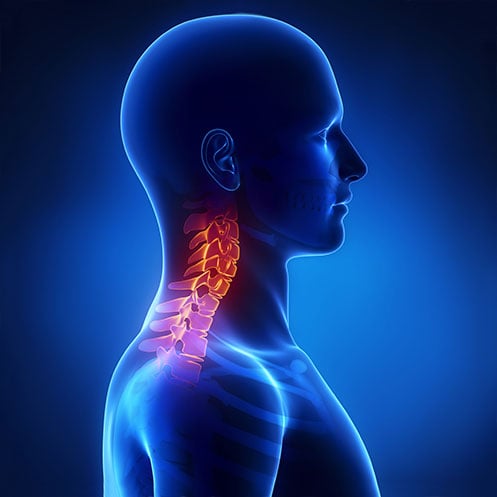

.png)
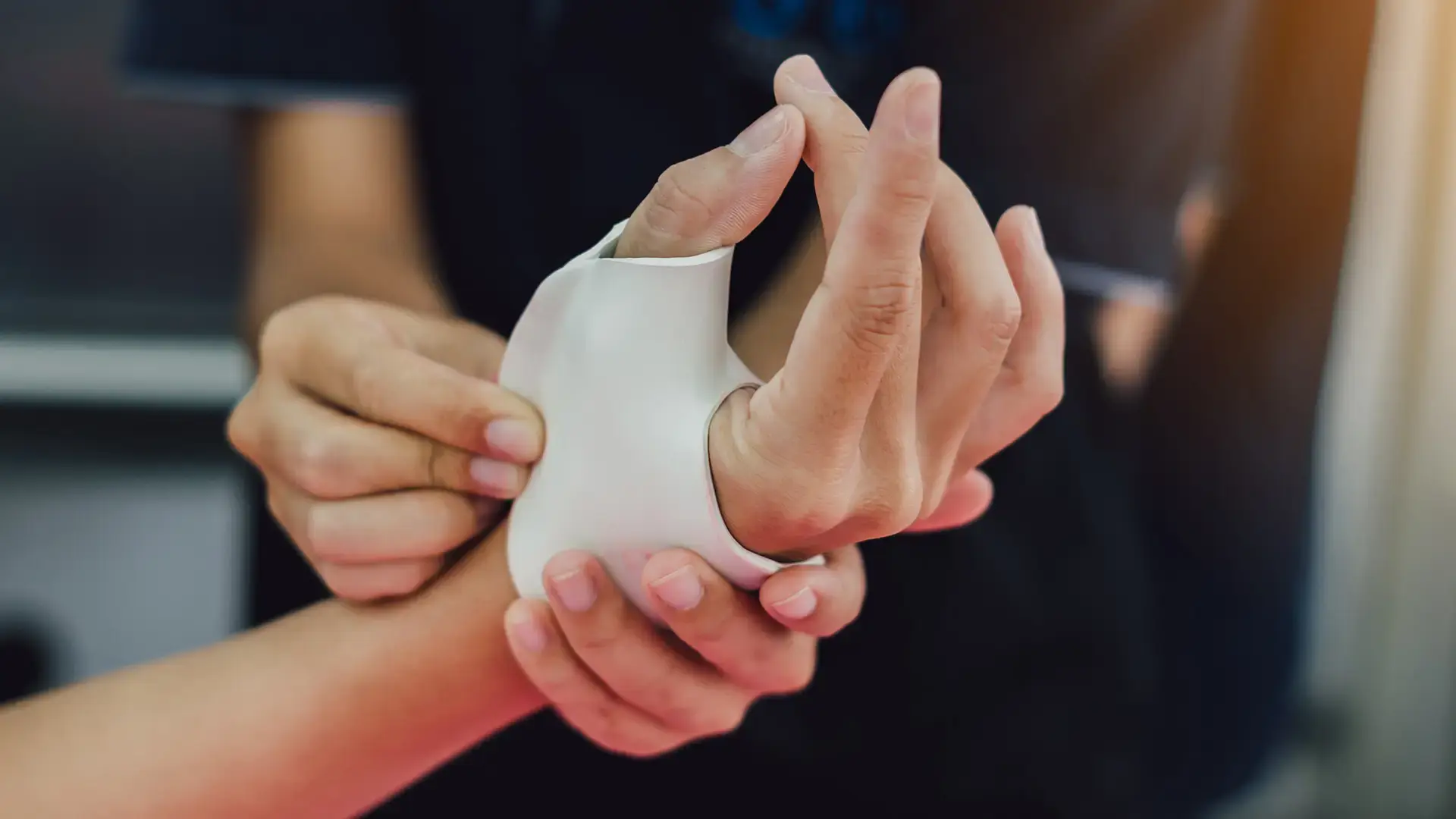
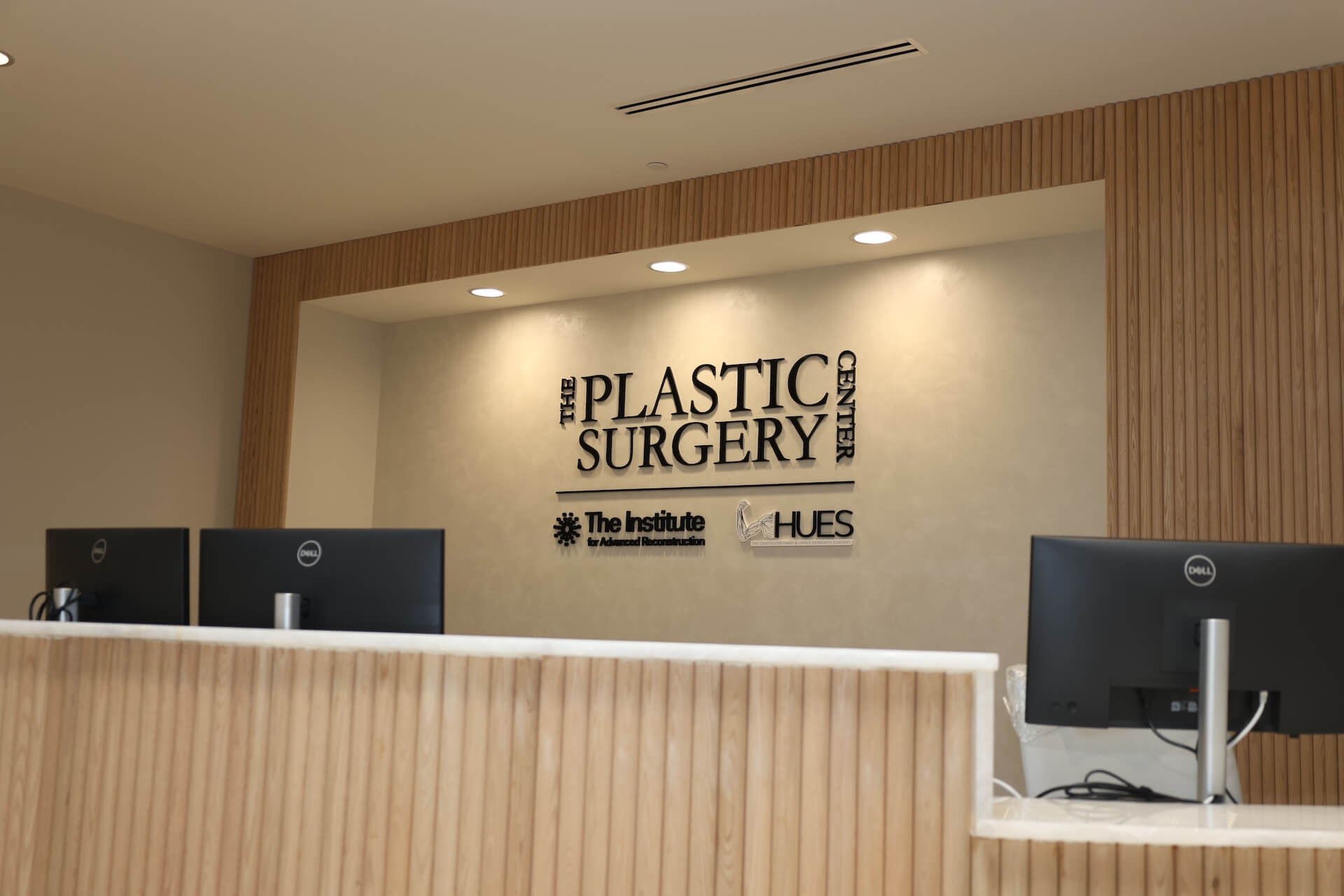
.webp)
